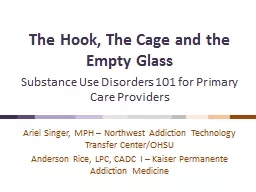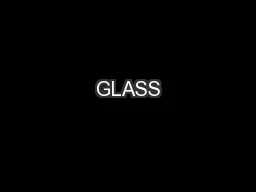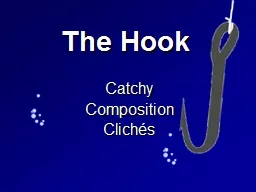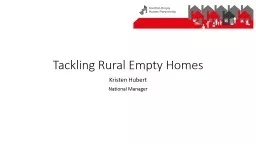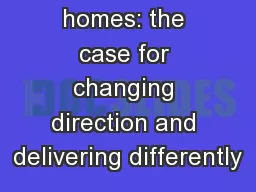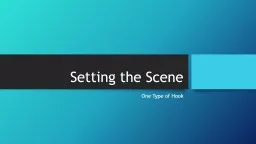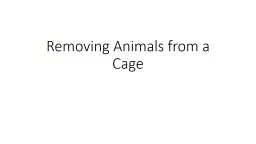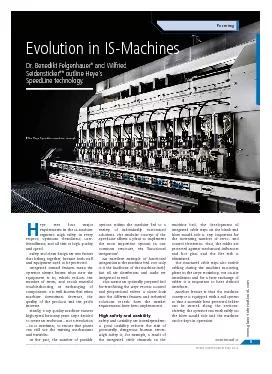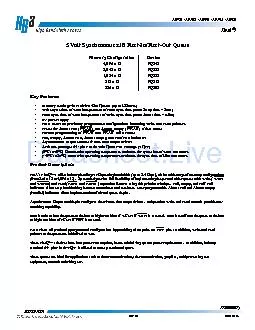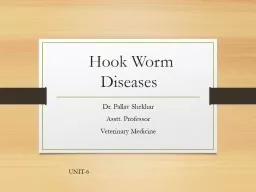PPT-The Hook, The Cage and the Empty Glass
Author : beatever | Published Date : 2020-08-06
Substance Use Disorders 101 for Primary Care Providers Ariel Singer MPH Northwest Addiction Technology Transfer CenterOHSU Anderson Rice LPC CADC I Kaiser Permanente
Presentation Embed Code
Download Presentation
Download Presentation The PPT/PDF document "The Hook, The Cage and the Empty Glass" is the property of its rightful owner. Permission is granted to download and print the materials on this website for personal, non-commercial use only, and to display it on your personal computer provided you do not modify the materials and that you retain all copyright notices contained in the materials. By downloading content from our website, you accept the terms of this agreement.
The Hook, The Cage and the Empty Glass: Transcript
Download Rules Of Document
"The Hook, The Cage and the Empty Glass"The content belongs to its owner. You may download and print it for personal use, without modification, and keep all copyright notices. By downloading, you agree to these terms.
Related Documents

